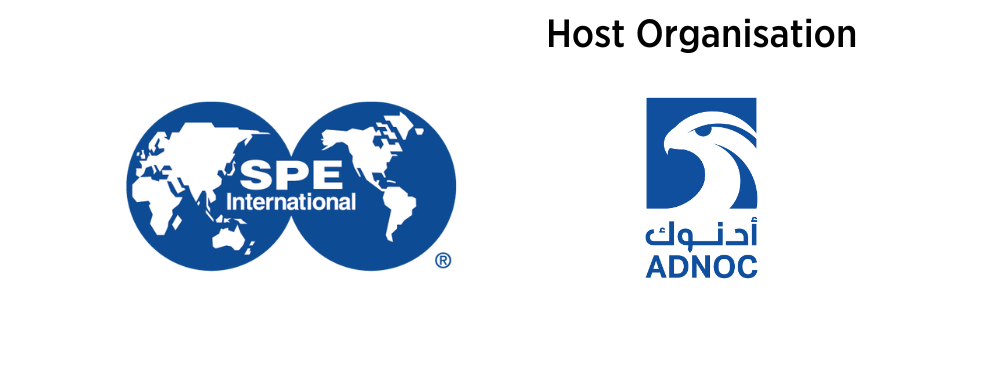In the two years since this symposium last took place, there has been significant progress in deploying non-metallics to better serve the energy sector. Non-metallic pipelines, linings, facilities, storage systems, offshore and subsea structures, and repair systems have become integral to mainstream operations, with new developments and products continually emerging. These advancements harness the unique advantages of thermoplastics, thermosets, and composite materials, including lightweight construction, corrosion resistance, and flexibility.
The objective of this symposium is to build communal knowledge and provide assurance to contractors, operators, and designers of energy systems that the effective deployment of non-metallic solutions is both advantageous and safe. The symposium will serve as a platform for all stakeholders, including subject matter experts, manufacturers, and operators, to discuss the latest technological developments, challenges, and future ambitions.
The symposium will continue to focus on non-metallic solutions and stakeholders, including:
- Monolayer or multilayer composite structures.
- Thermoplastic-based materials, including pipes (RTP/TCP), liners, fittings, valves, tanks, etc.
- Thermoset resin-based materials, including pipes (RTR), liners, tanks, etc.
- State-of-the-art technologies for industrial composite products.
- Non-metallic materials sourcing and manufacturing.
- Advancing and refining composite production methods for various products.
- Innovative technologies and materials pushing the limits of operational capabilities and expanding the operational envelope.
- Increasing the role of non-metallics in addressing environmental and sustainability challenges.




